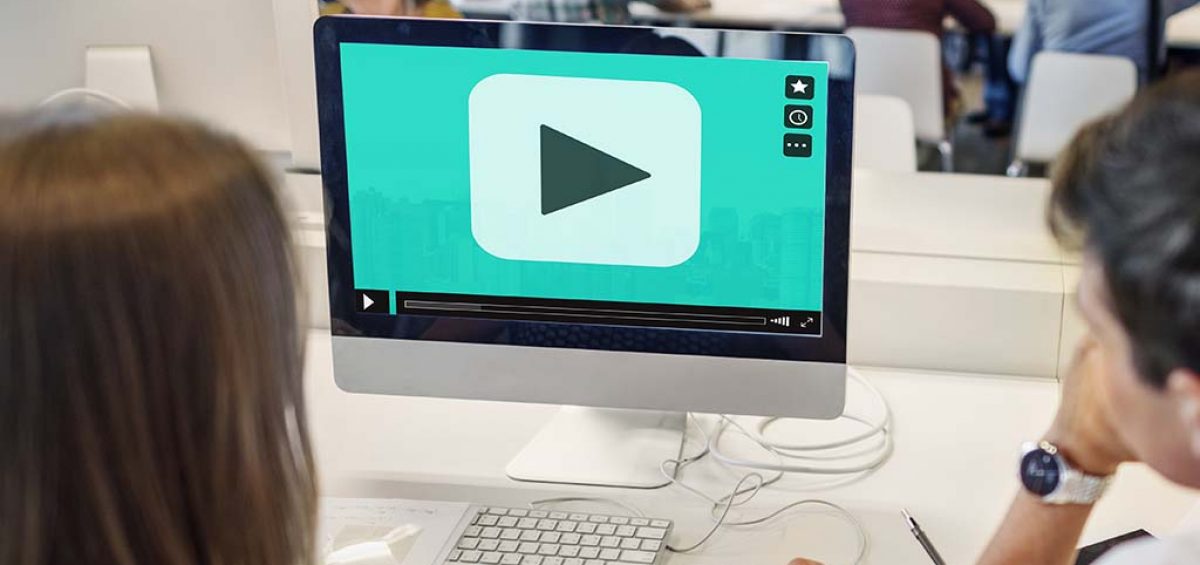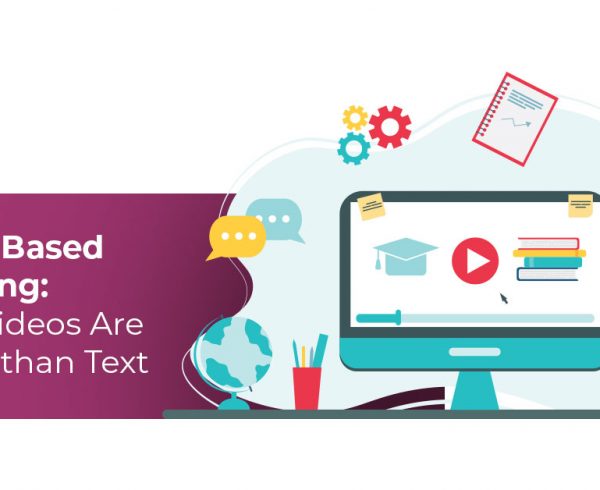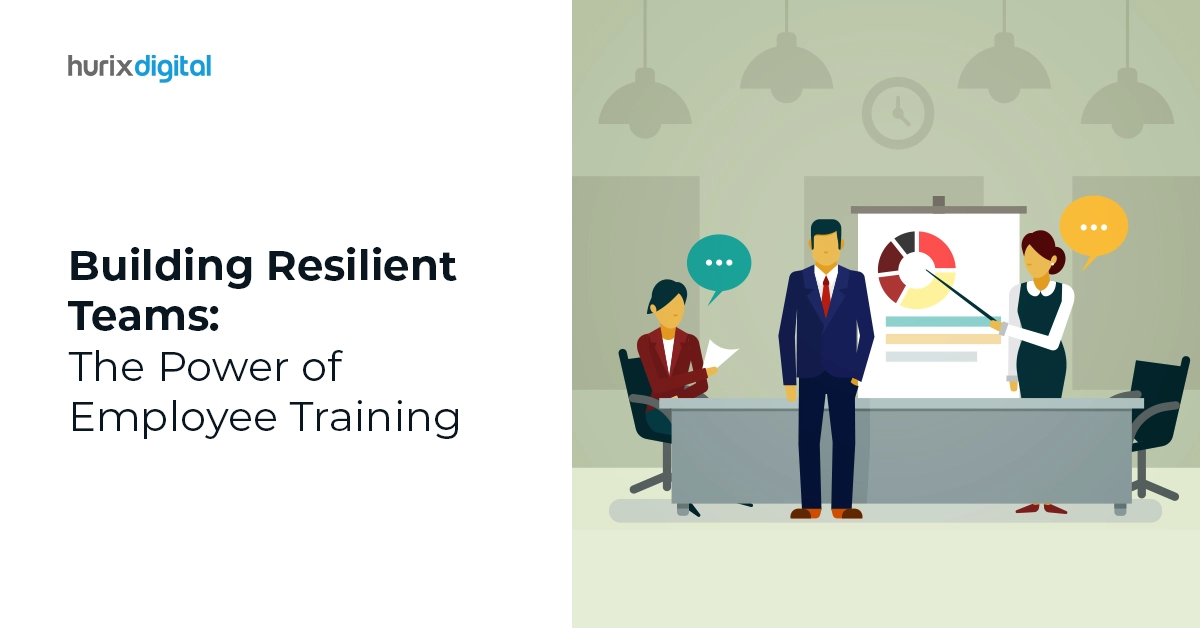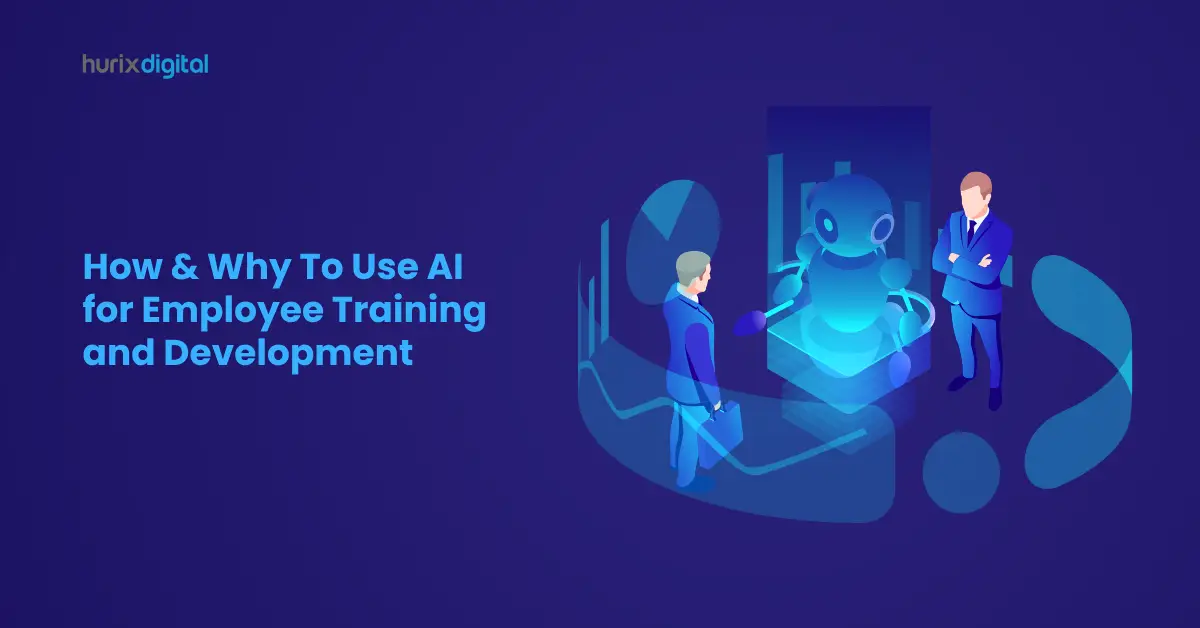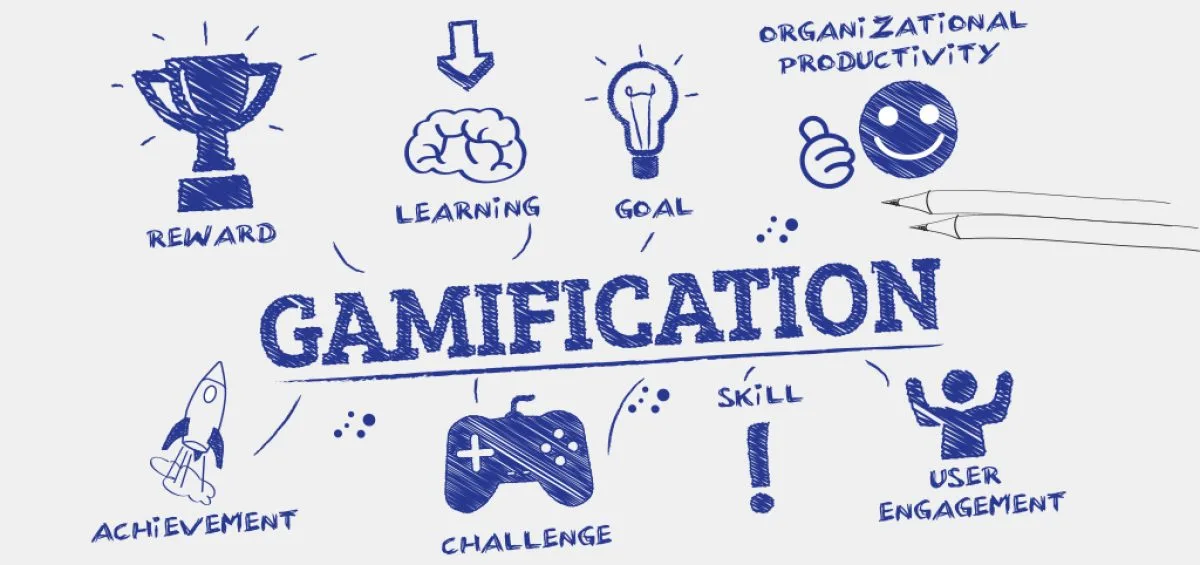Video-based learning is not an unknown concept.
It has endorsements from various big companies such as Microsoft and IBM. Several research giants like Bersin, Gartner, LinkedIn, and Forrester recommend it. In fact, the method has full support for the learning and development industry.
A study released by LinkedIn in 2017 says:
“80% of L&D pros agree that developing employees is top-of-mind for the executive team. Yet L&D pros are challenged with limited budgets, small teams, and a gap in demonstrating return on investment (ROI). To tackle these challenges, L&D must demonstrate business impact.”
The study also reveals that organizations are more inclined towards training their employees so much so that for 69% of businesses, talent is the highest priority.
Another report by CGS revealed that video-based learning is one of the top methods for effective learning.
Creating learning videos or micro-learning videos is a blessing in disguise. It takes less time, money, and resources. In turn, it gives you high engagement and highly trained employees.
In this article, we will explore the different verticals of video-based learning.
Following this guide will help you in creating engaging, interactive videos.
Why Video-Based Learning?
We prefer visuals more than spoken or written words simply because we are wired that way.
We can tell the story behind a picture after glancing at it for even 10 seconds.
Even Wikipedia says that ‘A picture is worth a thousand words.’
Similarly, videos have the power to deliver information more efficiently than other learning platforms. A video can interact with the audience and engage them.
But, how can video-based learning improve the performance of your employees?
- Due to the live demonstration, your employees will be able to learn more in less time.
- With a better understanding of several work-related topics, implementation and productivity of the employees will improve.
You can create information-intensive, thoughtful videos with the practical implementation of the concepts. This cuts down on the time needed for learning and ends up improving the attention span of the employee. For instance, knowledge retention is more when the employees can watch and learn how to respond to Facebook queries than read about it.
If you analyze this report by Gallup, you will realise that workplace productivity is poor across various geographies. 85% of professionals or employees in the workforce are not engaged. They are not actively participating in work.
To change that situation, here’s what you can do.
How to Create Employee Training Videos?
LinkedIn says that it is possible to retain 94% of your employees if you invest in their growth and career. Thankfully, video-based learning is an effective medium to encourage employee growth and learning. Let’s analyze how you can create engaging learning videos for your employees.
Make Basic Information Easily Available
Whenever a new hire joins your company, orientation gives them an overview of your culture. But, is this orientation enough to explain to the employee how to go about work tasks?
It isn’t!
Most of the employees observe other employees and pick up on cues. They form their pattern to complete tasks and achieve reports and nobody in the organization will notice until the employee accidentally does something wrong.
Here, video-based learning can be a life-saver. You can create short videos to educate your new hires about working. It can, in fact, become a knowledge base for the organization.
For instance, a new writer should be able to understand the basics, such as proofreading guidelines.
Explain the Working of Product or Service
Of course, all of your employees know how your product or service works. But, are they capable enough of explaining it to your users? If a potential customer comes and asks questions to your employees about a service, would they be able to answer?
If not, then you definitely need a full end-to-end description video of your products and services.
Note: All the above pointers were more dedicated to getting the employees acquainted towards the company structure. Following tips will focus on employees’ personal growth, which is aligned with company growth.
Include Compliance Training
Compliance indicates the regulatory guidelines of various departments.
It is imperative to note that these guidelines don’t necessarily mean the company structure of executing tasks. There are universal rules and guidelines for every department. This helps employees stay compliant even when they are not working for you. This knowledge is for a lifetime.
Related: 7 Modules Your Compliance Training Resources Must Include
Knowledge Captured Through Meetings
Many organizations like to follow a hybrid approach. They organize educational training sessions and then later create videos based on this session. Or the session is delivered through an engaging video. This video is available in the knowledge base of the company for employees to revise or review later.
Utilize Micro-learning
Micro-learning is an important concept. These are very short videos delivering only relevant information in a few minutes. Generally, micro-learning includes a video series which contains a separate video for every topic contrary to a large 1-hour video for the full subject.
Why is this structure famous?
Because shorter videos are easier to watch and retain. But, remember, these videos are highly focused and sometimes won’t even have a voice-over.
For example, if you have to explain to your content writers how to post content on WordPress, you can create a video without a voice. The employees can watch and follow.
Related: How to Implement Microlearning in Corporate Training
Remember, Short Attention Span
Every person can face concentration issues when your video is long and explains a monotonous topic. You can address this issue by making the video more engaging.
- Ask questions in between.
- Keep the tone conversational. Occasionally crack a joke.
- Use appealing graphics.
- Use example-based learning in the video.
Remove the Monotony
Don’t make all the videos on one theme. Vary your theme, and structure, and adopt a combination of everything. Sometimes use micro-learning videos, other times, just go for a 50-minute long video. Change graphics and pattern of learning.
What to Do After Creating Learning Videos?
Anywhere, Anytime Availability
Post your videos on the website or company knowledge base such that your employees are able to access it from anywhere. When they are working from home and need to clarify a few things, they should have an option to do so.
Other Tips to Consider
- While shooting the video, keep it stationary with the use of a tripod.
- Eliminate or reduce the introduction session.
- Avoid heavy graphics, special effects, or lengthy narration.
- During editing, reduce the video size and include only necessary content.
- Utilize rough whiteboard doodle for explaining topics.
- For text screens, allow enough time to the employees to read it.
- Include proper meta-data, subtitle, and video brief.
How to Publish Training Videos?
To ensure that your employees respond to your efforts of video-based learning, you have to publish videos accordingly. Below we have listed some tips for publishing training videos online.
- Share the video link on your company’s social media profile whenever you publish a new video. Broadcast the information so that everyone knows.
- CTA doesn’t necessarily mean purchase CTA. You can suggest related videos and provide a link of the knowledge base in the body copy of the social channel.
- When posting on Instagram or Twitter, don’t forget to add relevant hashtags and a short description of what the video contains.
- Optimize the description and title to make it engaging and appealing for your audience.
- Ensure that the video is played with sound-off on Facebook. This also means that you need to make it more understandable with graphics.
- Set an interesting thumbnail image to convince your users to play the video.
Conclusion:
Video-based learning can improve employee productivity and engagement. If you want to support the growth of your employees and create information-centric data-driven videos for effective learning, then videos can not only improve retention but also deliver information in an interactive manner. Simply follow the above tips and create thoughtful, valuable videos.
Related: Benefits of Investing in Custom eLearning Courses for your Enterprise


